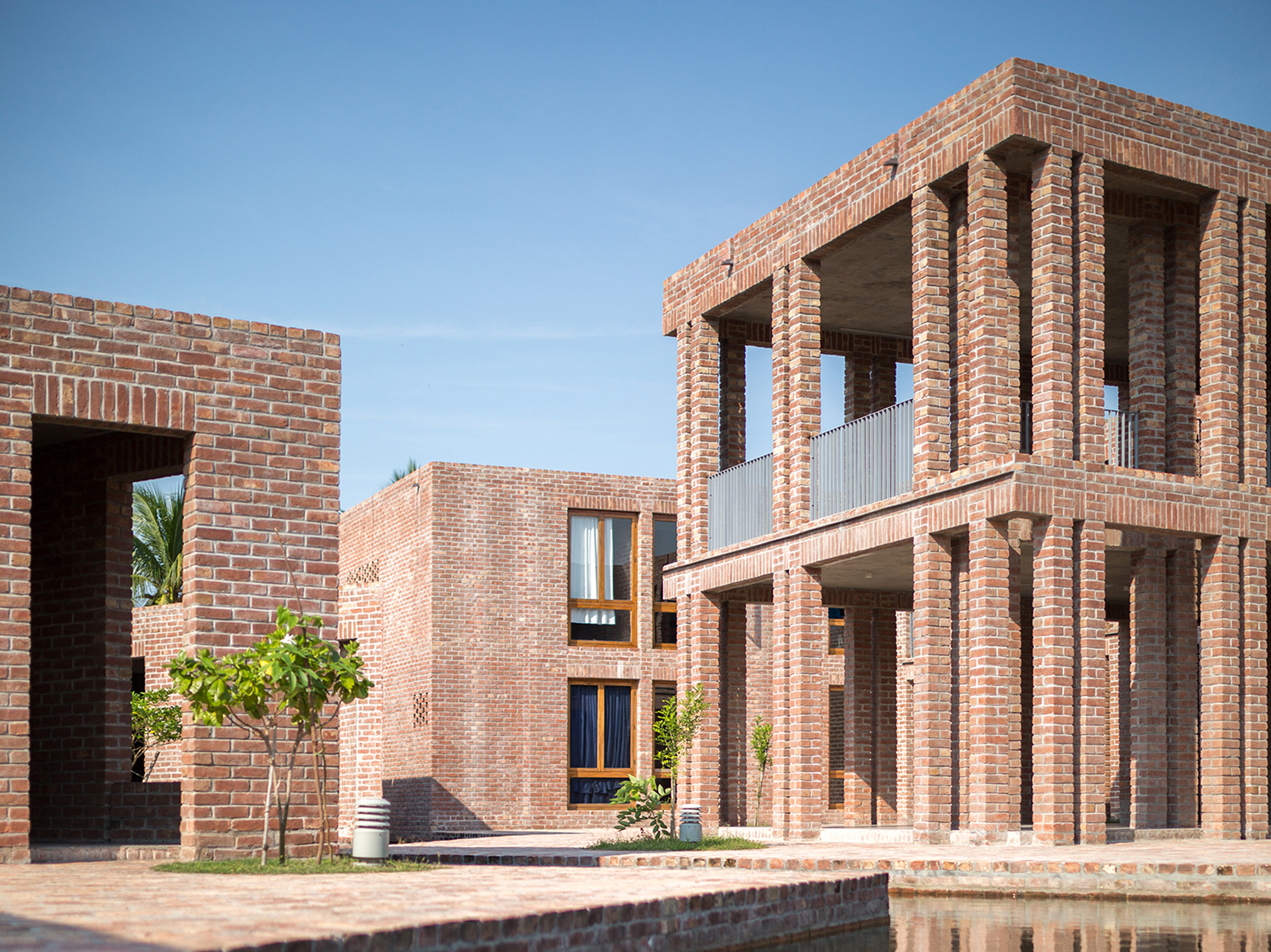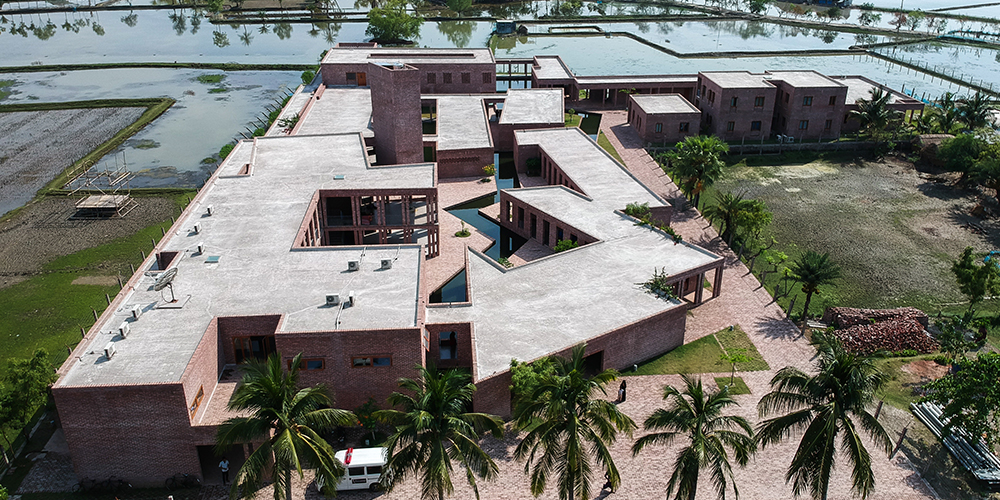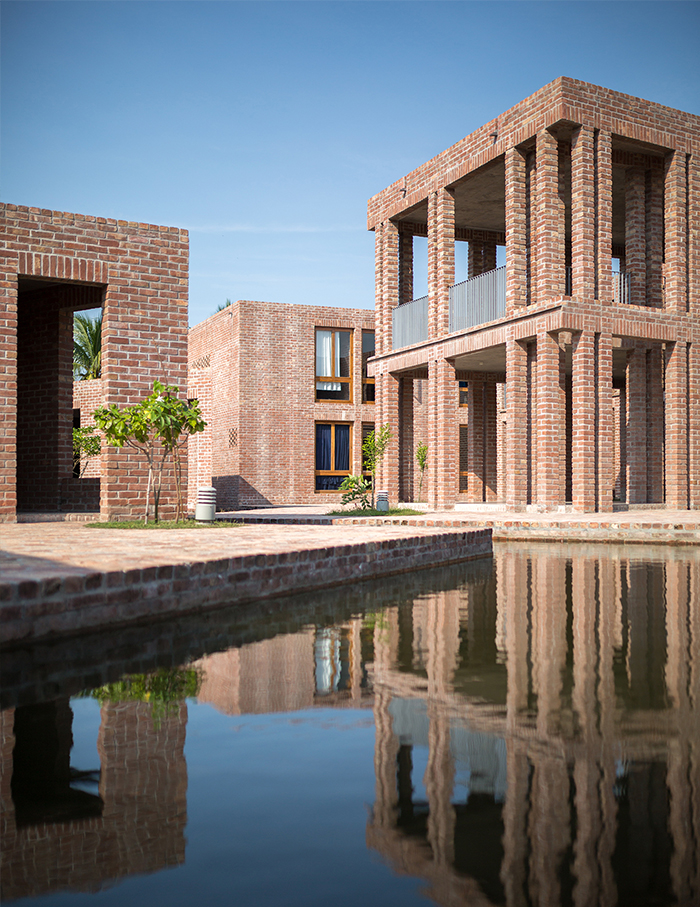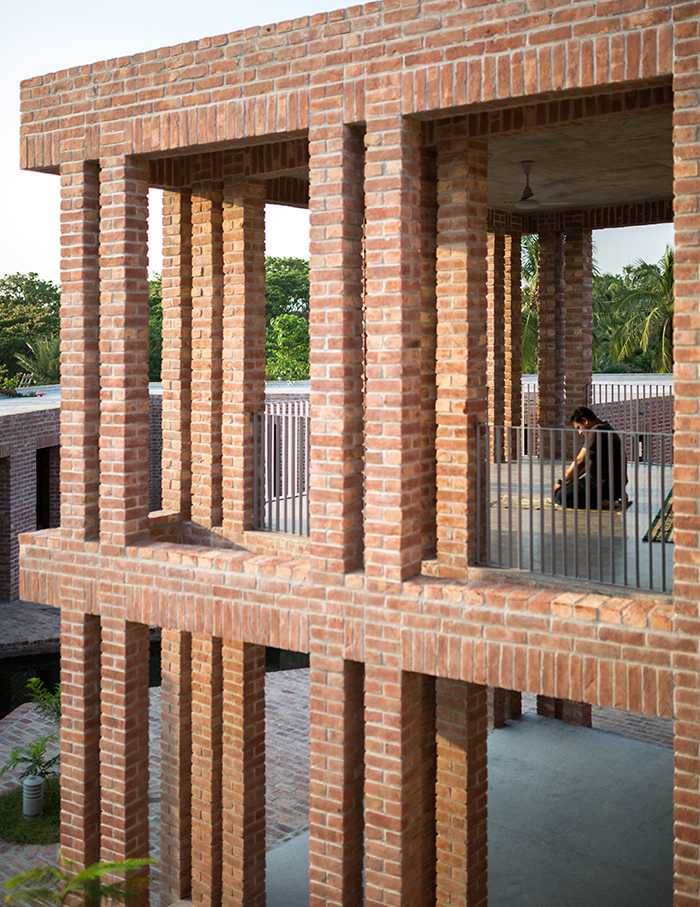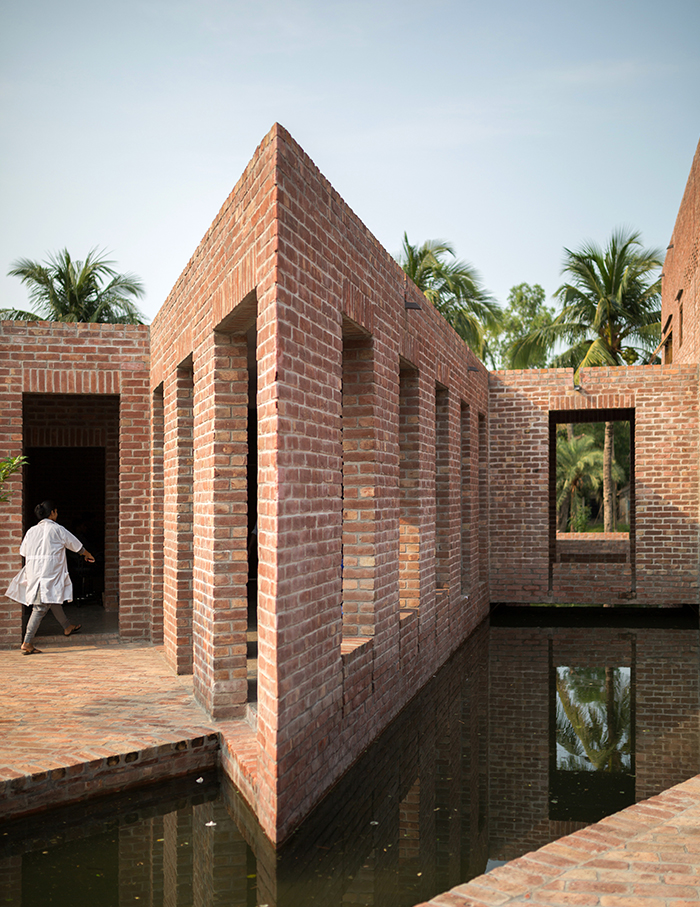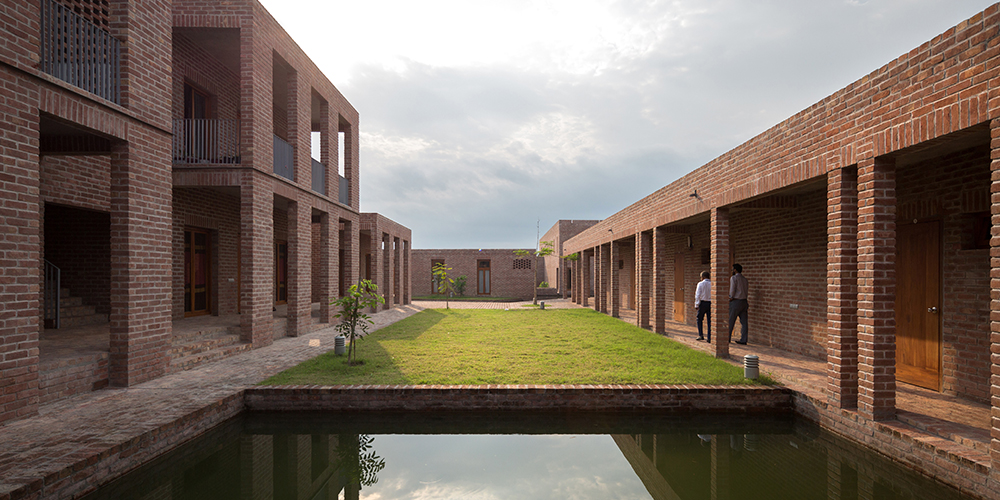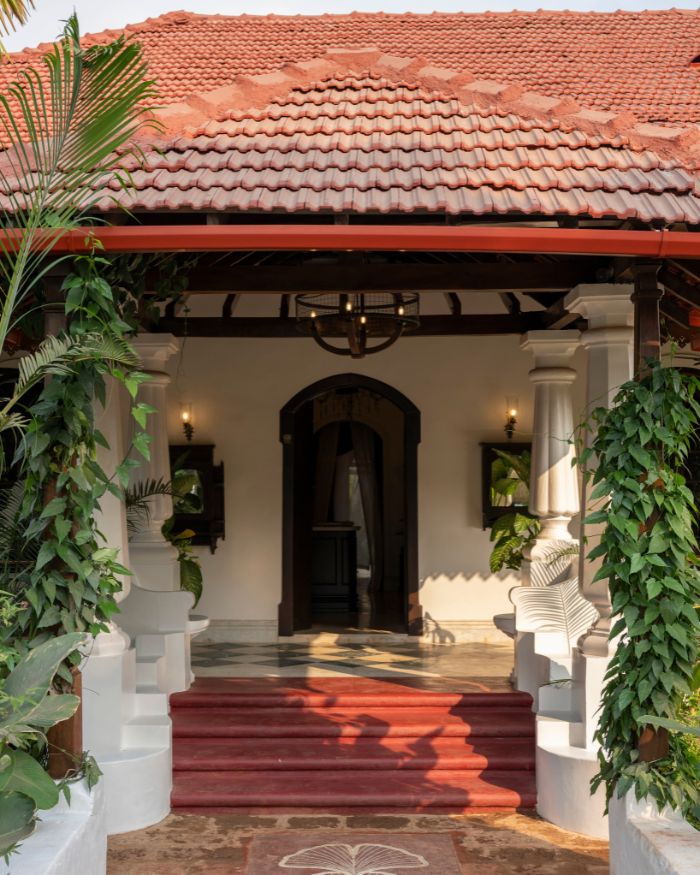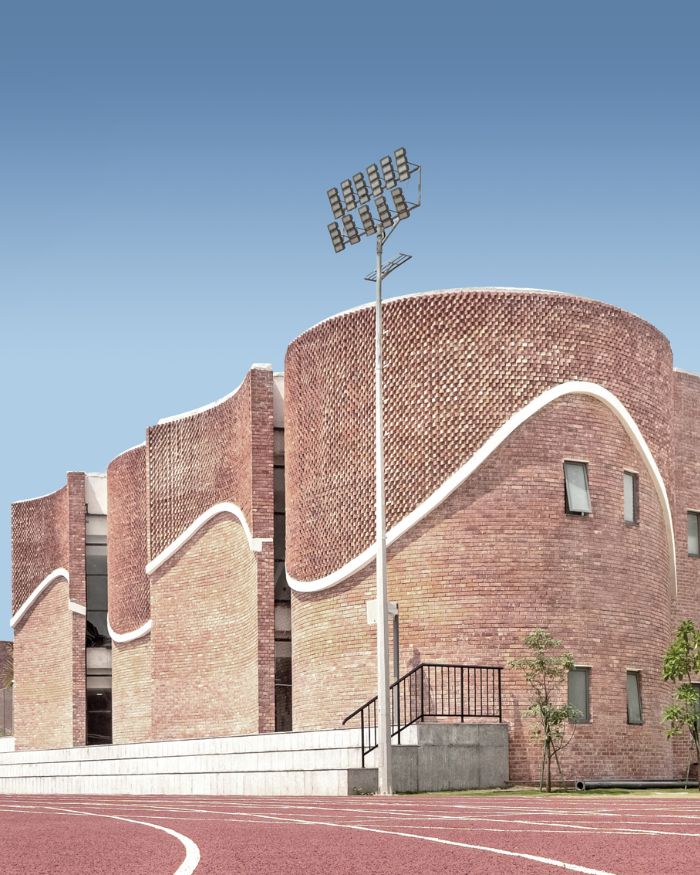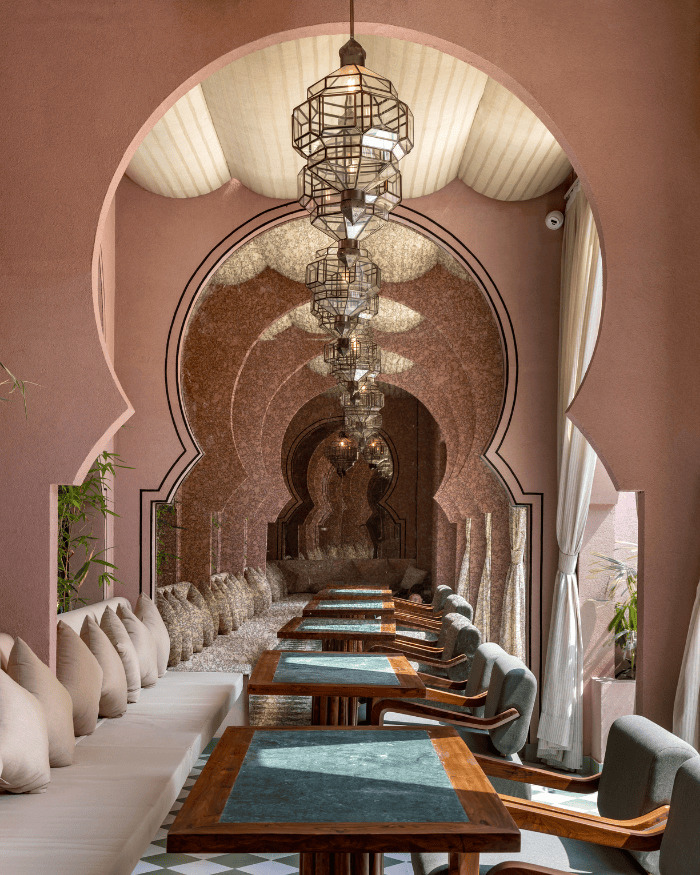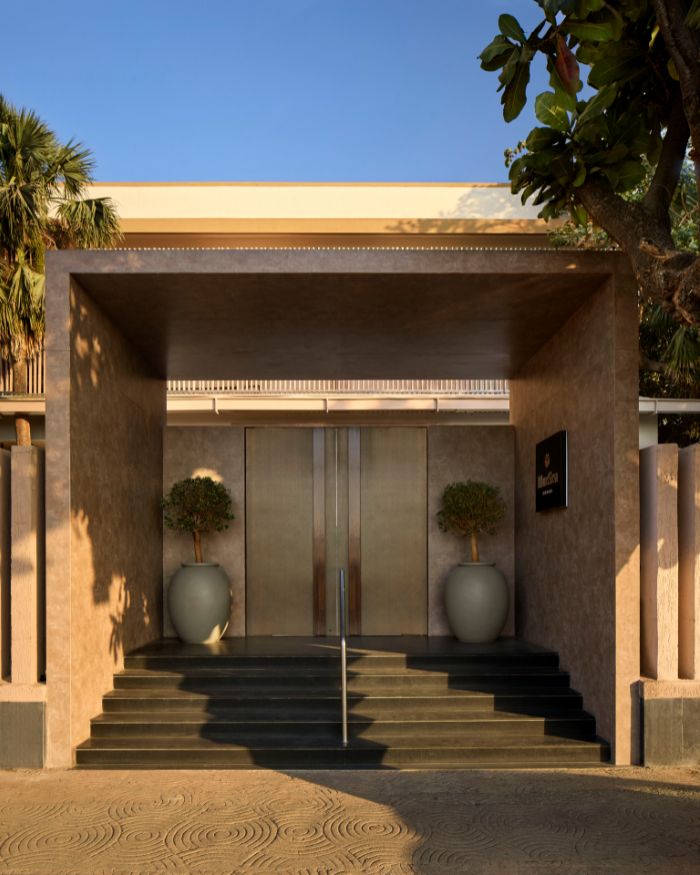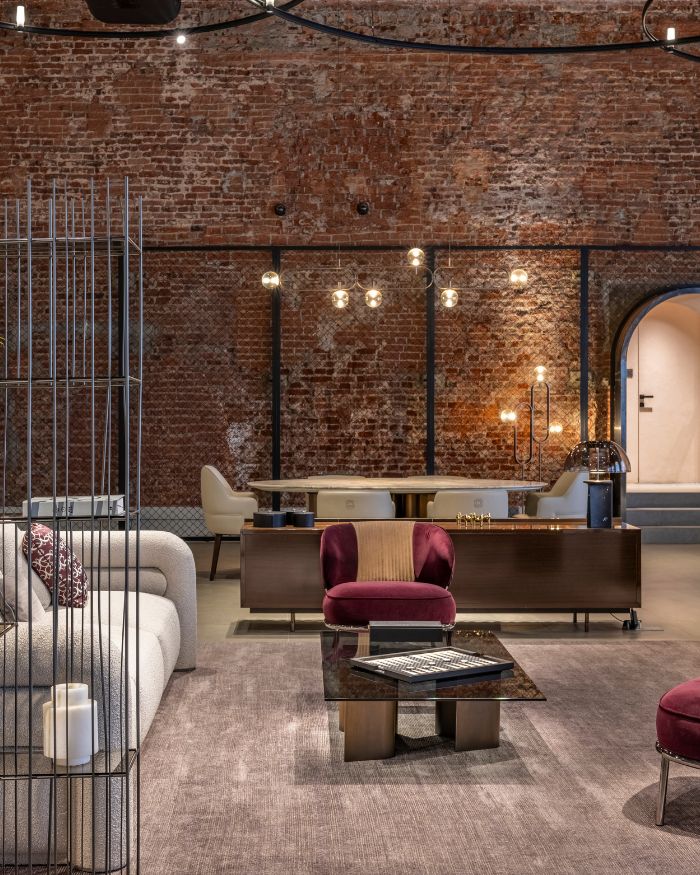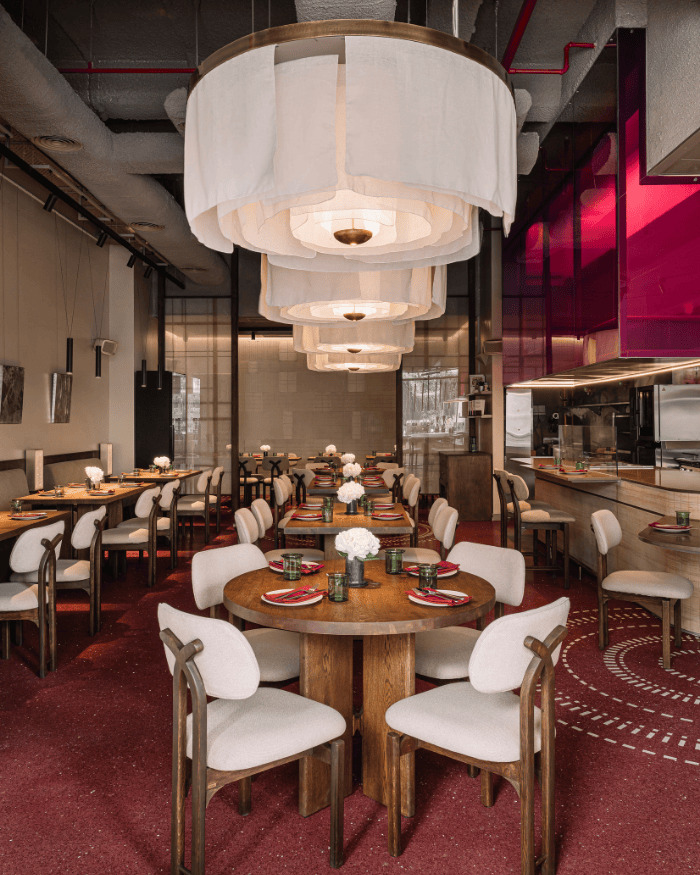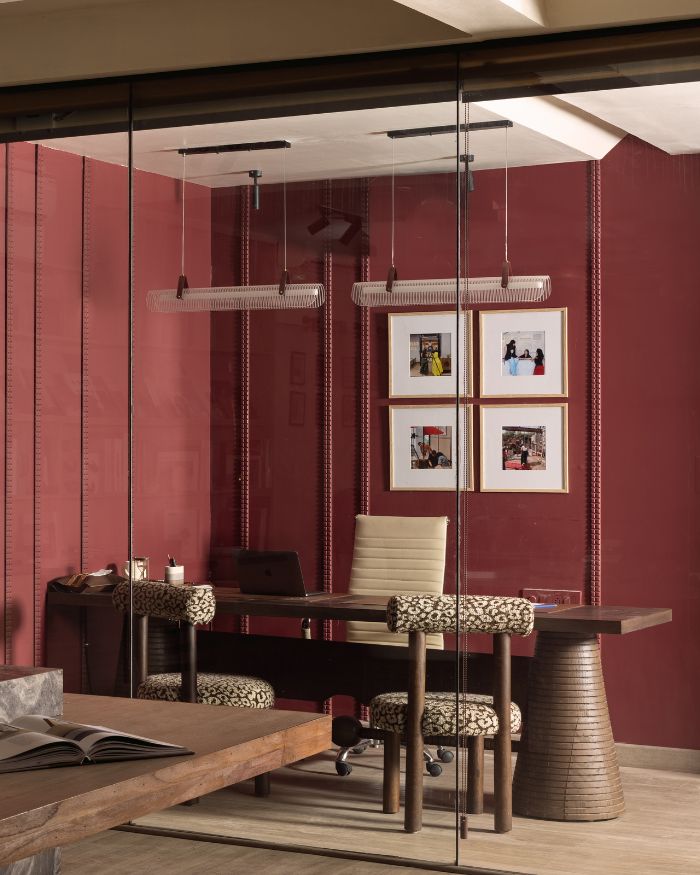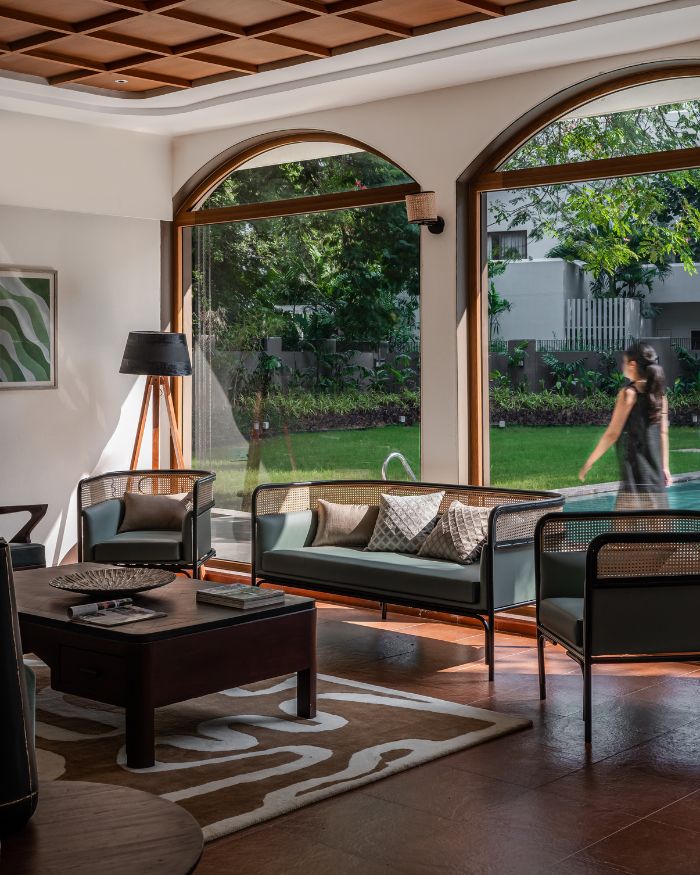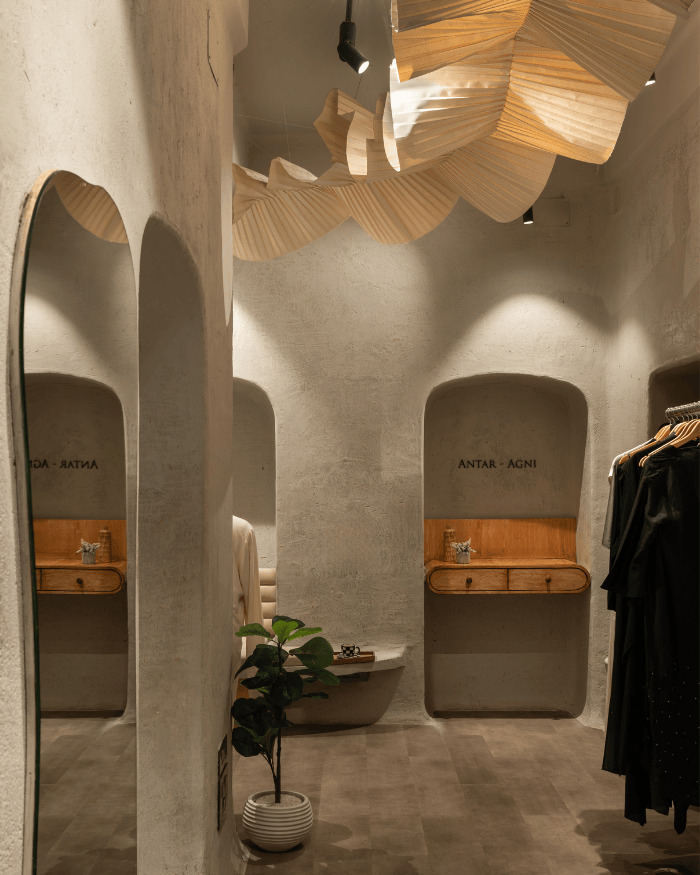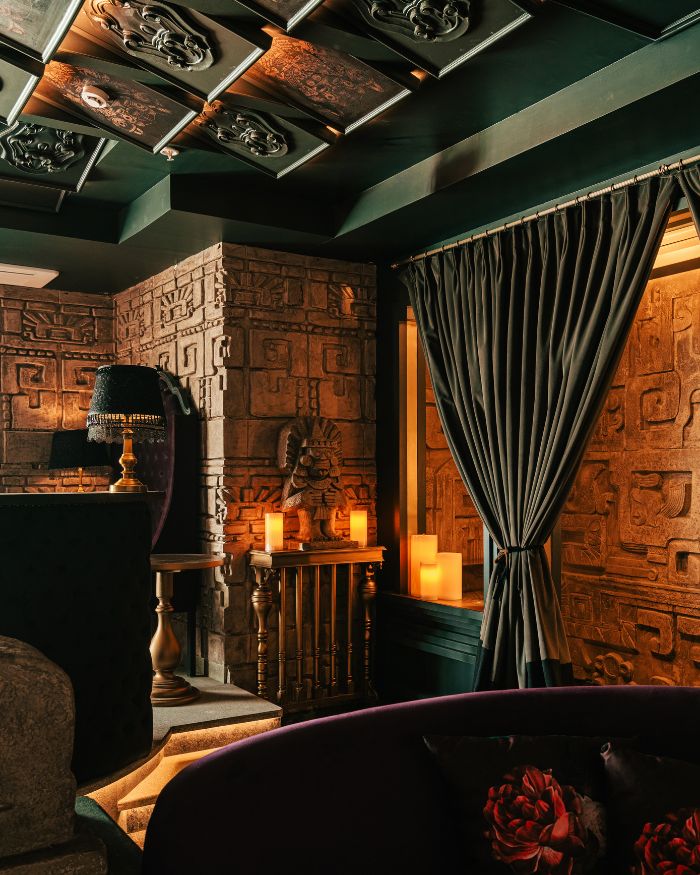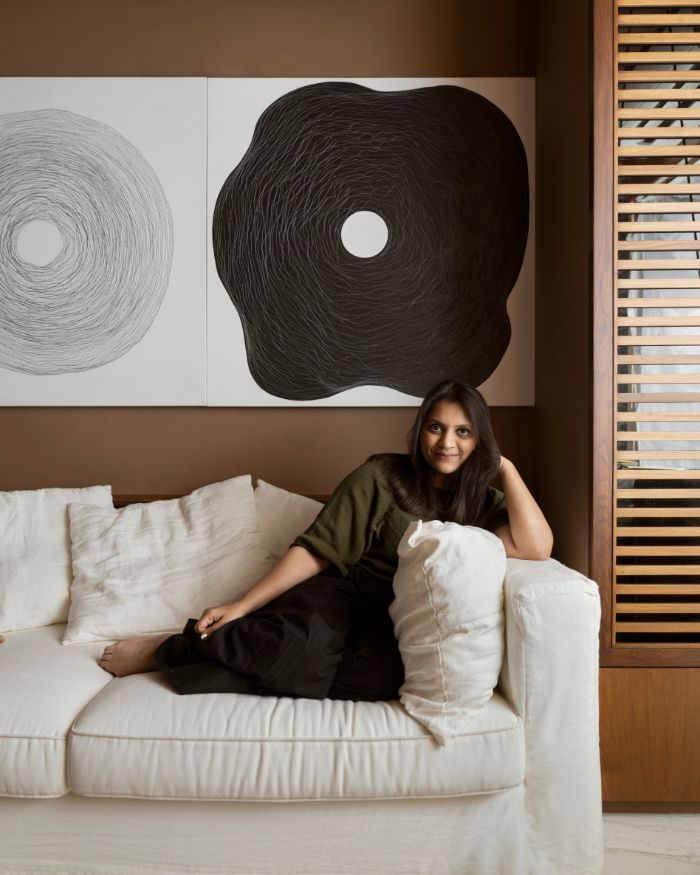The Friendship Hospital in Bangladesh designed by Kashef Chowdhury/URBANA will be awarded the RIBA International Prize, the global accolade for design excellence and social impact.
At first, if the visuals looked like those of a minimalist resort or a short-stay guest house, rest assured—it was in the architect’s exact intent to do so. “For me, a hospital could be like a resort, if it were possible—calm, restful and giving hope to those visiting it out of need. The spaces of the Friendship Hospital are deliberately quiet, imperturbable and hopefully, peaceful—to aid in healing and well-being as much as architecturally possible,” says the architect.
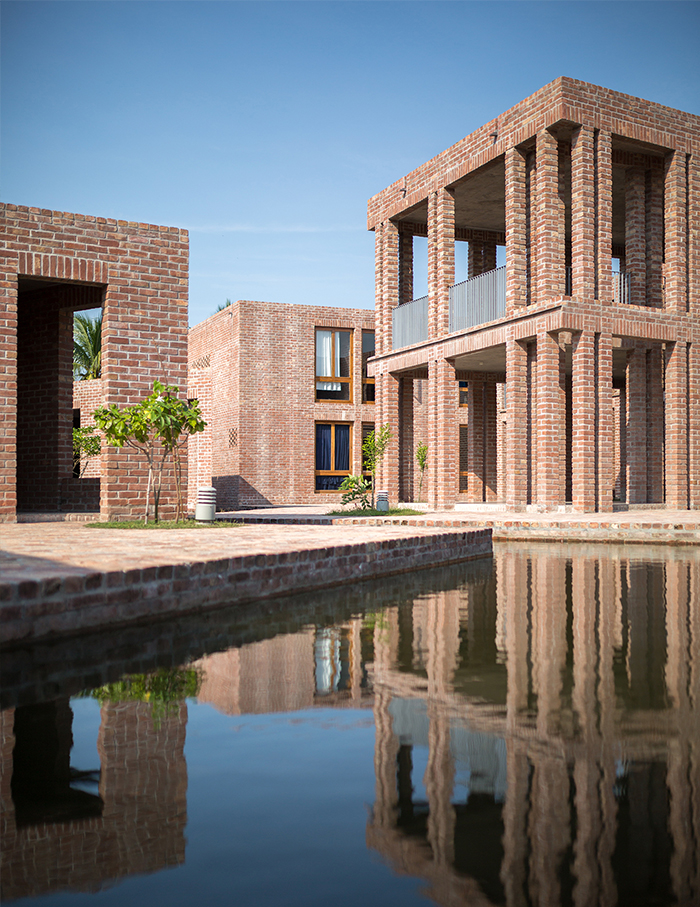
The retention canal swerving amidst the unusual and interestingly shaped masses is definitely an anomaly in generic hospital design. The contorted forms are not borne out of deliberate attempts but due to thoughtful and crucial design decisions to optimise spatial experience inside the RIBA International Prize 2021 winning hospital. The beauty of exposed brick is the spotlight that shines on the form and features of the structure it envelops. In other words, the material stripped of ornamentation highlights what an architectural project is without applied aesthetics.
Chowdhury elaborates, “I believe that space is the generator of design and that all forms are attendant to the spaces. That is why ‘massing’ and building forms do not interest me as much as the spaces they cradle. The courtyards, which are of regular orthogonal shapes, are surrounded by and formed of buildings that are dissected or cut away for the sake of space generation or turned towards sun or wind, resulting in unexpected building forms, which were nevertheless byproducts of spaces.”
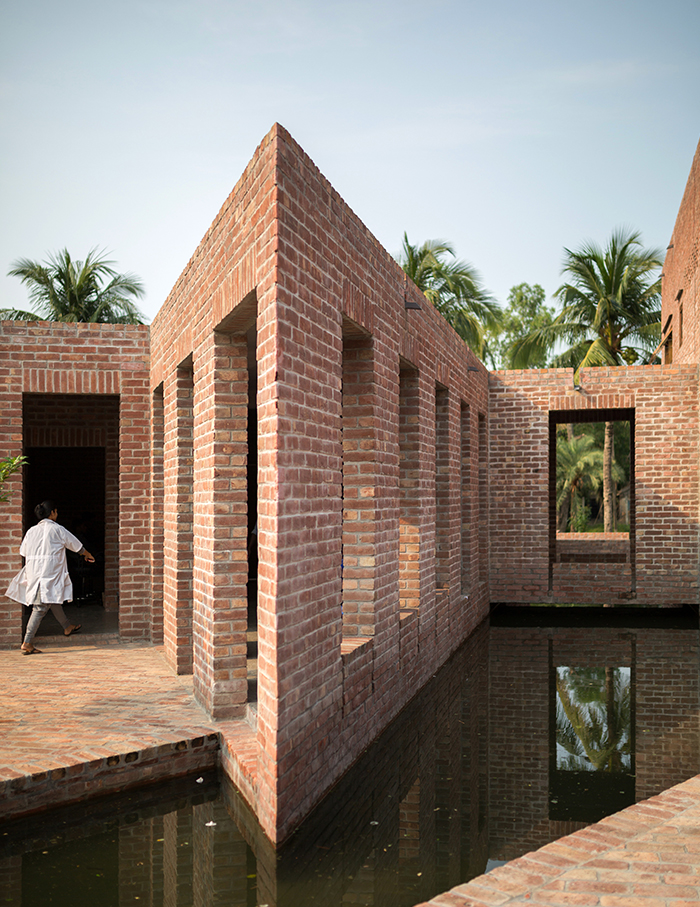
Like the massing, the choice of the material palette of the hospital was also a consequence of existing factors. Here, taking the sustainable way and the client—an NGO called Friendship drove the decision. “From the client’s side, the main constraint was low fund availability. We realised from the outset that if this project was going to be sustainable, it had to be low-cost and low-maintenance.
All surfaces are left unplastered and unpainted, which cut construction and maintenance costs year after year. As an architect operating in the 21st century, or the century of the climate crisis, as I put it, it is mandatory that we work with the environment and its natural resources, namely sunlight, natural ventilation, rainfall etc. Therefore, this is not a strategy for our designs, rather a given, and none of our works overlooks this”, states the RIBA International Prize 2021 winner.
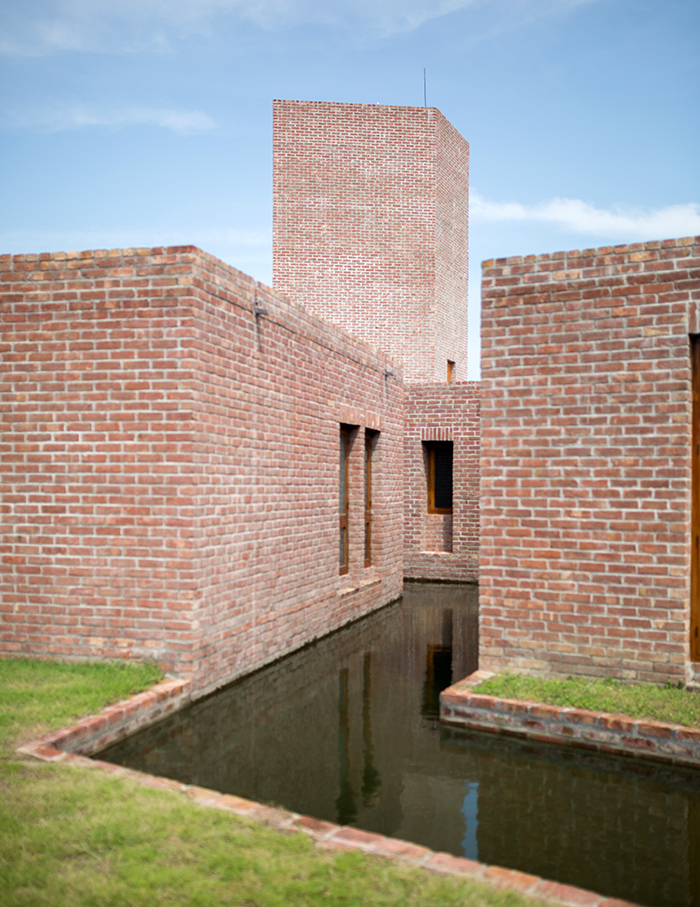
Indulgence in luxury can be without plundering budgets. In a cyclone-prone area, luxury is the beauty and strength of natural materials rather than the virtue of fancy cornices. “The project exists in a natural environment but one whose very character is altering because of rising sea levels and subsequent decimation of the regional economy. Therefore, we followed an aesthetic and overall ‘feel’ which is both nature-inspired and natural while bordering on bare and spare.
Luxury is not the expense of finishes but rather in their textures and their warmth. Local mahogany contrasts and blends with surfaces of handmade bricks, while terrazzo floors made of ordinary stones and cement-concrete hide the fact they were the cheapest option possible. The material choice, driven by financial constraints compelled, us to look deeper and closer to home”, concludes Chowdhury.

